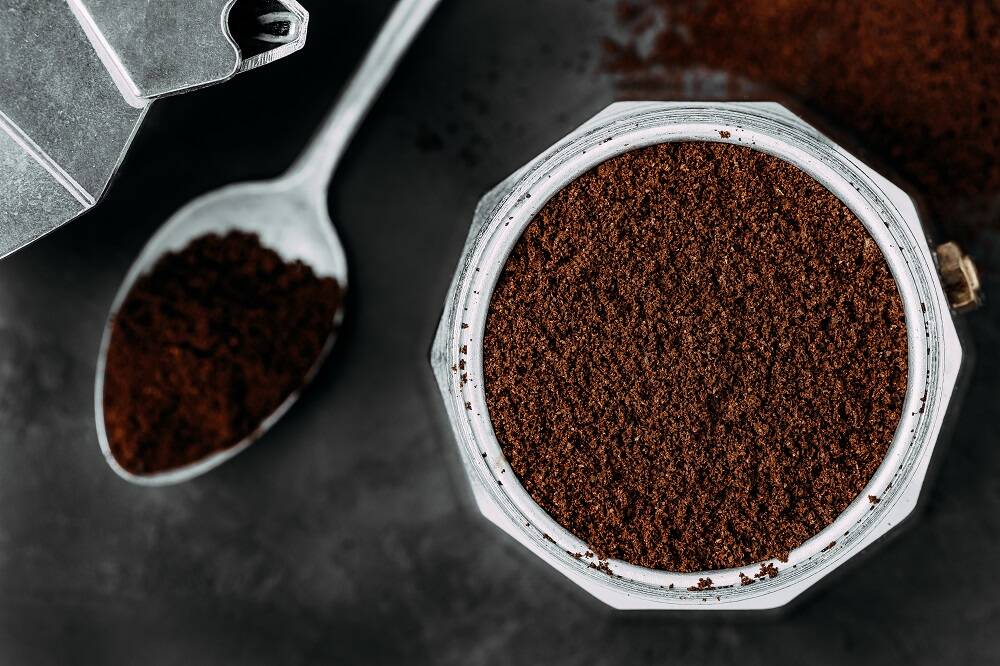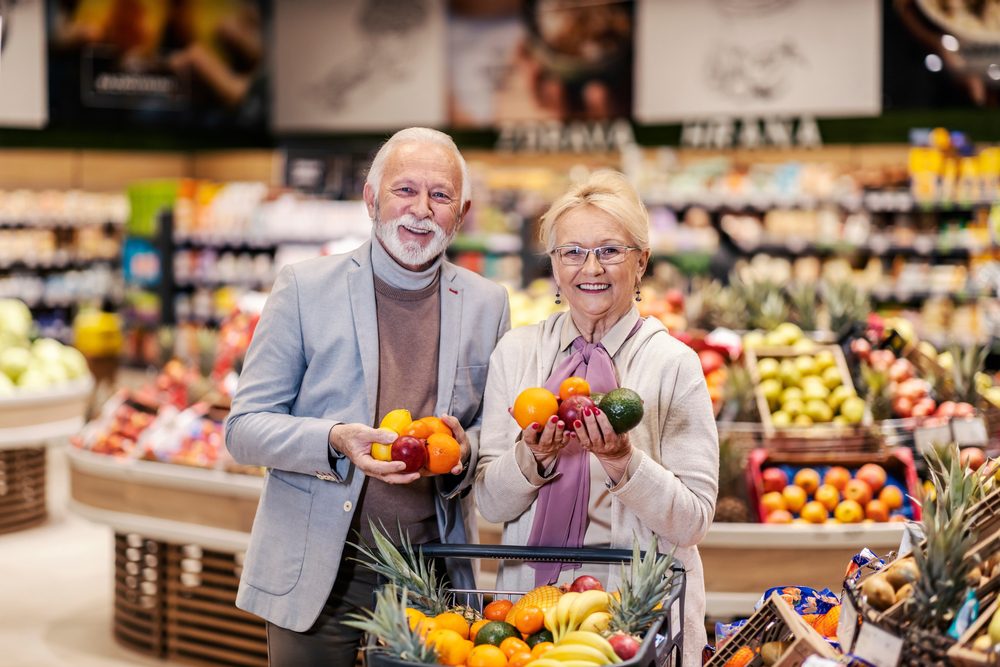Grocery Stores Will Suffer the Most!
When we first heard of the tariffs, we instantly got hit with airwaves. In fact, some people didn’t realize what this would mean to our economy. Unfortunately, it’s mostly bad news for most consumers. Tariffs on countries that also export goods to United States consumers also mean you will end up paying more for the same items.
Even if tariffs can be removed, consumers could still expect sticker shock for a little longer. In fact, in some cases, prices might not come back down at all. Even if there’s currently a pause on “reciprocal” tariffs from most countries, a 10% baseline tariff still remains in effect for all goods. Here are some of the most common items that you might soon see with higher prices.

Coffee
Whether you decide to order a cup of coffee from a local cafe or a bigger chain, the beans have probably come from a foreign country. This also means that you might see higher coffee prices everywhere you go. Another reason for the high prices?
Well, climate issues have often resulted in a worse coffee crop, especially now, compared to previous years. Another feasible reason for the price spike is that the cups used to hold the coffee might also suffer from a price increase caused by the tariffs.
One thing you can do, however, is to save money and buy coffee in bulk, which can save you a lot of money. Also, you should save the pricey Starbucks orders for another special occasion. You can get a decent coffee maker to improve your at-home brew.
Seafood
If you believe your favorite seafood comes from the United States coasts and that you will be exempt from higher tariffs, boy, you’re in for quite a rude awakening. Much of the seafood you eat generally comes from other countries, and many could face increased tariffs. In fact, some of the top countries that supply seafood also include Chile, India, Indonesia, and Vietnam.
Avocados
The vast majority of consumers think that avocados can be grown in only two places: California or Mexico. Well, what we might not realize, at least not until now, is that so many other countries provide the United States with avocados.
In fact, these fruits are exclusively grown in countries like Mexico, Peru, the Dominican Republic, Colombia, and Chile. Even if Mexico is exempt from tariffs, the other mentioned countries are not. This also means that your next batch of guacamole could turn out to be a lot more expensive.
Olive oil
When we think of olive oil, we must think of one place, and that is Italy. And that country didn’t get an exemption from tariffs, so guess what? Your next jar of olive oil, or even balsamic vinegar, will probably cost more than it has in recent memory.
And don’t rush into saying that olive oil from Spain is exempt, since it also faces a 10% tariff. If you use too much olive oil, you should consider buying larger quantities so you can finally get the bulk discount.
Cheese
The vast majority of your favorite cheeses are most likely produced in a foreign country, then imported to the United States (just think of Parmigiano-Reggiano and Gouda). The least you can do is get a cheddar from Wisconsin. So if you really love to have a cheese-forward charcuterie board, you should consider switching to something else. Cheese-producing countries that could be impacted by tariffs also include Spain, France, Italy, as well as Netherlands.
Nuts
Nuts are by far one of the best snacks, but you still might have to pay more for your favorite roasted or even salted nuts. Countries that generally grow some of the nation’s most popular nuts could be impacted by the tariffs.
Pecans, cashews, as well as macadamia nuts are most commonly affected by such tariffs. Some countries like Ivory Coast, Brazil, Vietnam, and Thailand are fully responsible for growing many different kinds of nuts that we import.
Candy bars
If you prefer treating yourself to a candy bar when you’ve had a rough day, then that frugal treat could get more expensive. There are plenty of candy bars exported to the United States, so you might be surprised to find that only one chocolate bar suddenly costs way more than you’re used to.
Even if a candy bar is made in the United States, the cocoa used in it is still grown outside the country. Another important reason why prices could be higher for your favorite sweet treat is that plenty of candy bars have nuts.

Tropical fruit
The United States has the capacity to grow many different types of fruits, but tropical fruits don’t make it to the list. If you prefer having a fresh mango in your morning smoothie, then you might as well pony up already.
Tropical fruits are by far one of the most common items affected by these tariffs. One way to still get your fruit fix without paying huge amounts is to stick to local fruits that are in season. Go to the farmers’ markets, see what you can get from there. You can also visit u-pick farms in the summer, as well as grab fruit to freeze for later.
Canned fruit and vegetables
You probably think that only fresh fruits are impacted by tariffs, but that’s not true. In fact, consumers who buy canned fruit and veggies might also suffer from higher prices. There are many types of canned fruit, especially canned tropical ones, such as pineapple, that are grown and packaged abroad. You could even try saving money by switching to a generic brand, buying canned fruit in bulk, and tracking sales. Moreover, if you have local fruit in season, you can try canning it yourself. The aluminum in these types of cans can also suffer from a tariff increase.
Canned tuna
If you are a fan of canned tuna as a healthy protein snack, you should get ready to pay through the nose. Even if many types of foods will only sell 10% increase, canned tuna is definitely an exception. Canned tuna is mostly farmed or caught in countries such as China, Thailand, and Vietnam. These are also countries that expect larger-than-average tariff hikes. Moreover, the aluminum that tuna comes in also marked a great tariff hike, which is yet another reason why your tuna fish sandwich might turn out to be more expensive than ever.
What can be done as a consumer?
Even if tariffs could feel like something far beyond your control, there are still some ways to manage their impact on your wallet. One intelligent way to go about it is to shift your buying habits toward domestically produced goods.
This can definitely help reduce your exposure to imported items that could become subject to tariffs. Shopping local, meaning for produce, meat, and dairy, will not only save you some cash but also support small businesses and local farmers.
Another suggestion is to stock up on shelf-stable essentials, whether we’re talking about canned goods, nuts, and oils that go on sale. Buying in bulk helps you hedge against future price hikes. Moreover, paying attention to store-brand alternatives can easily lead to surprising savings, without even sacrificing much in quality.
If you found this article useful, we also recommend checking: 8 Home Selling Mistakes to Avoid Property Pricing Drops








